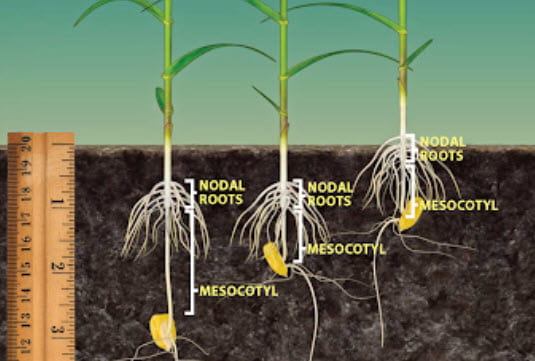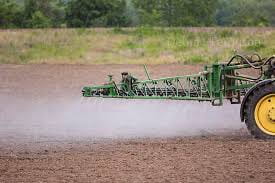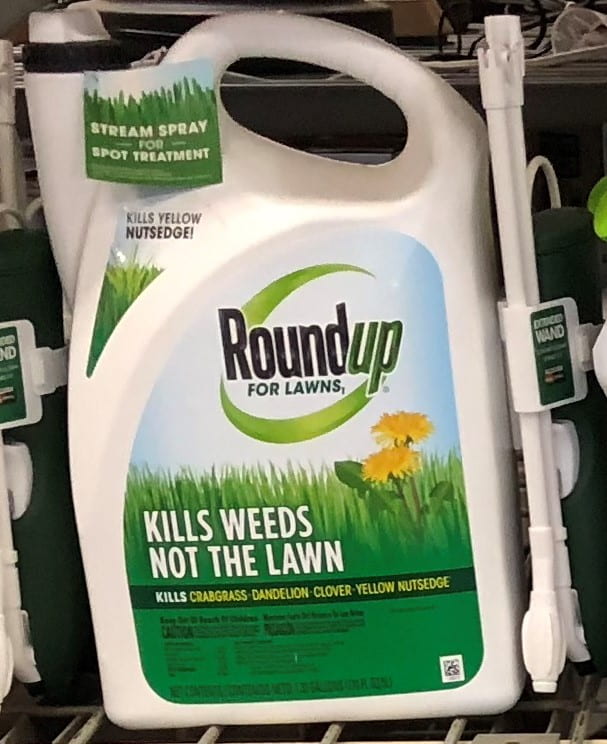Source: Peggy Kirk Hall, Associate Professor, Agricultural & Resource Law

Taxes, Taxes and More Taxes.
WOW … Just WOW!!
Part II
You can count on tax law to generate interest in the agricultural community and that’s certainly the case with several tax bills recently introduced in Congress. Within the last month, members of Congress proposed a flurry of tax proposals that could impact agriculture if enacted. Of course, passing tax legislation is always difficult and subject to partisanship, and we expect that to be the case with these bills.
Here’s a look at the tax proposals receiving the most attention.
Death Tax Repeal Act of 2021. Sen. Thune (R-SD) and Rep. Smith (R-MO) are the primary sponsors of S. 617 and H.R. 1712, companion bills introduced March 9 that propose to repeal the federal estate tax, which the sponsors claim to be “the most unfair tax on the books.” The Act would also repeal the generation-skipping tax and make modifications to the computation of the federal gift tax, beginning at 18% under $10,000 and incrementally increasing by an additional 2%. Cosponsors of the Senate proposal includes 30 other Republicans, and the House bill has 137 cosponsors including one Democrat. The bills were referred to committee but have yet to see any further action.
For the 99.5 Percent Act. Introduced March 25 by Senators Sanders (D-VT), Gillibrand (D-NY), VanHollen (D-MD), Reed (D-RI) and Whitehouse (D-RI) to “tax the fortunes of the top 0.5% and reduce wealth inequality,” this bill would reduce the federal estate tax exemption from its current level of $11.7 million per individual. Under the proposal, estates in excess of $3.5 million per individual and $7 million per couple would pay the estate tax, which would begin at 45% for estates between $3.5 and $10 million. The tax would increase incrementally, reaching 65% for estates over 1 billion. The proposal would also reduce the lifetime gift tax exemption from its current level of $11.7 million to $1 million but would not reduce the annual $15,000 per person per year gift tax exemption for cash gifts. It would limit the exemption for gifts to trust at $20,000 per year. Protections for farmland include allowing farmland value to be lowered by up to $3 million for estate tax purposes and increasing the maximum exclusion for conservation easements to $2 million. The bill would also prohibit reduced valuation for assets held in a pass-through entity, affecting the 35% valuation discount that is typical for farmland LLCs.
Sensible Tax and Equity Promotion (STEP) Act. A group of Democrats in the Senate introduced the STEP Act on March 29 in an effort to “close the stepped-up basis loophole by taxing unrealized capital gains when heirs inherit huge fortunes on which the original owner never paid income taxes.” The proposal would tax the transfer of property that has a net gain either during lifetime or at death. During lifetime, a completed transfer to a non-grantor trust or individual other than spouse would be subject to tax but the first $100,000 of cumulative gain would be exempt. At death, the first $1 million of appreciated assets would pass without taxation. Transfers to charity, spouses, charitable trusts, qualified disability trusts would be exempt, as would gains on residences up to $250,000 per individual or $500,000 for married couples. Taxes on illiquid property such as farms and some farm assets could be paid in installments over a 15-year period, and any taxes paid under the Act would be deductible from the federal estate tax. The bill would also require gains on non-grantor irrevocable trusts to be reported every 21 years.
Corporate Tax Dodging Prevention Act. Another bill by Sen. Sanders (D-VT) would go after the corporate tax rate. The bill would restore the top corporate tax rate to 35%, its level prior to the reduction to 21% by the Tax Cuts and Jobs Act of 2017. It also includes a number of provisions to reduce the ability of corporations to avoid paying federal taxes by moving income and profits offshore.
We are likely to see several more tax proposals in Congress in the coming year and time will tell whether any of them will have traction. Some may merely be bargaining chips among the many legislative agendas in Washington. One thing is certain–tax bills will continue to generate interest in the agricultural world, so we’ll keep readers updated on these and future proposals.








